It’s no secret that email marketing continues to be an excellent method to drive customer engagement, brand awareness, and revenue generation. But, like any marketing strategy, email marketing comes with its own set of challenges that can perplex even the most seasoned marketers.
If you’ve been into email marketing for some time, you are likely no stranger to the common email marketing challenges that can make your job tougher than it needs to be.
In this comprehensive guide, we’ll dive into the biggest email marketing problems, providing detailed explanations of each of the email marketing mistakes. And, of course, we’ll provide an actionable email marketing solution for each of the challenges discussed.
Top 6 Email Marketing Challenges to Solve
Read on for detailed explanations and actionable solutions for the top email marketing challenges.
1. Problem: Getting and Retaining Subscribers
Getting and retaining subscribers is one of the most common email marketing problems. The process begins with the initial hurdle of persuading individuals to sign up for your email list. In a world inundated with digital noise, convincing website visitors, social media followers, or potential customers to take that critical step can be daunting.
The hard part is making people want to sign up. Remember, just having a sign-up form on your website isn’t good enough. You need to show them why it’s a great idea by telling them all the good stuff they’ll get as subscribers.
Also, it’s tough to keep people interested in the long run. Subscribers might get bored or leave if they don’t find your emails valuable over time. To keep them engaged, you must work hard and carefully choose what you send them. Learn how to integrate social media marketing with email marketing strategy to drive engagement.
Solution
Here’s how to overcome this challenge:
- Craft compelling and relevant content: Understand your audience’s pain points, desires, and interests. Then, deliver content directly addressing these needs, whether it’s informative articles, how-to guides, or special promotions.
- Optimize subscription forms: Simplify sign-up processes and clearly communicate the benefits of subscribing, such as access to exclusive content, discounts, or regular updates.
- Segment your list: Divide your subscribers into smaller groups based on demographics, behavior, or interests. Tailoring your emails to these segments increases relevance and engagement.
- Run exclusive campaigns: Reward loyal subscribers with special offers, early access, or exclusive content. This fosters a sense of belonging and encourages them to stay subscribed.
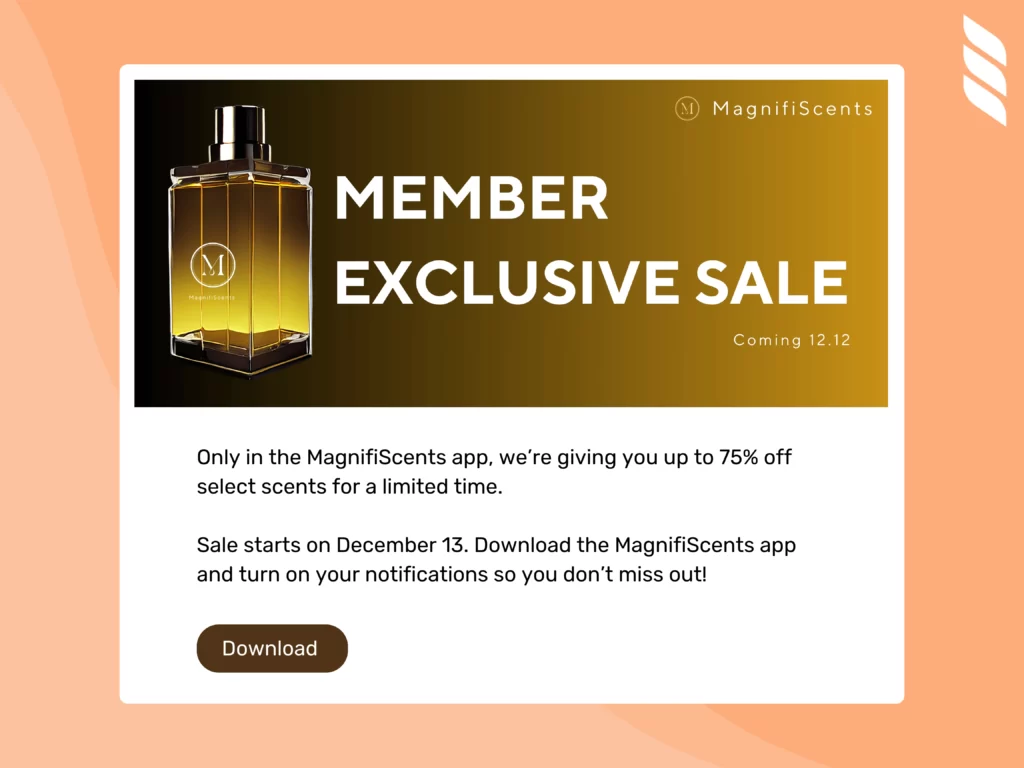
2. Problem: High Spam Rates
The biggest challenge in email marketing – high spam rate! In fact, it is one of the very common email marketing issues that can impede the effectiveness of email campaigns. This problem arises when emails sent by marketers end up in recipients’ spam folders rather than their primary inboxes. Such a placement can harm the success of email marketing efforts.
High spam rates usually happen because of a few things, like what’s in the email, how people see the sender, and which email service is used. When emails get marked as spam, they’re less likely to be noticed by the people receiving them. This makes fewer people open or engage with the emails.
One of the primary contributors to high spam rates is the content of the email itself.
Certain words, phrases, or practices trigger spam filters and algorithms, causing emails to be filtered into spam folders. Plus, deceptive subject lines or sending irrelevant and unsolicited messages can lead to spam complaints from recipients, further harming the sender’s reputation.
What’s more, the reputation of the sender’s domain and IP address can affect email deliverability. If the sender’s domain or IP address is associated with spammy behavior, emails are more likely to be marked as spam.
Solution
Here are some tips to reduce your spam rate:
- Use a reliable ESP: A trustworthy email service provider can help maintain your sender reputation by sticking to best practices and complying with email regulations.
- Implement double opt-in procedures: Make sure your audience confirms their consent by clicking a link you send them in an email. This not only reduces the chances of fake or mistyped email addresses but also demonstrates consent.
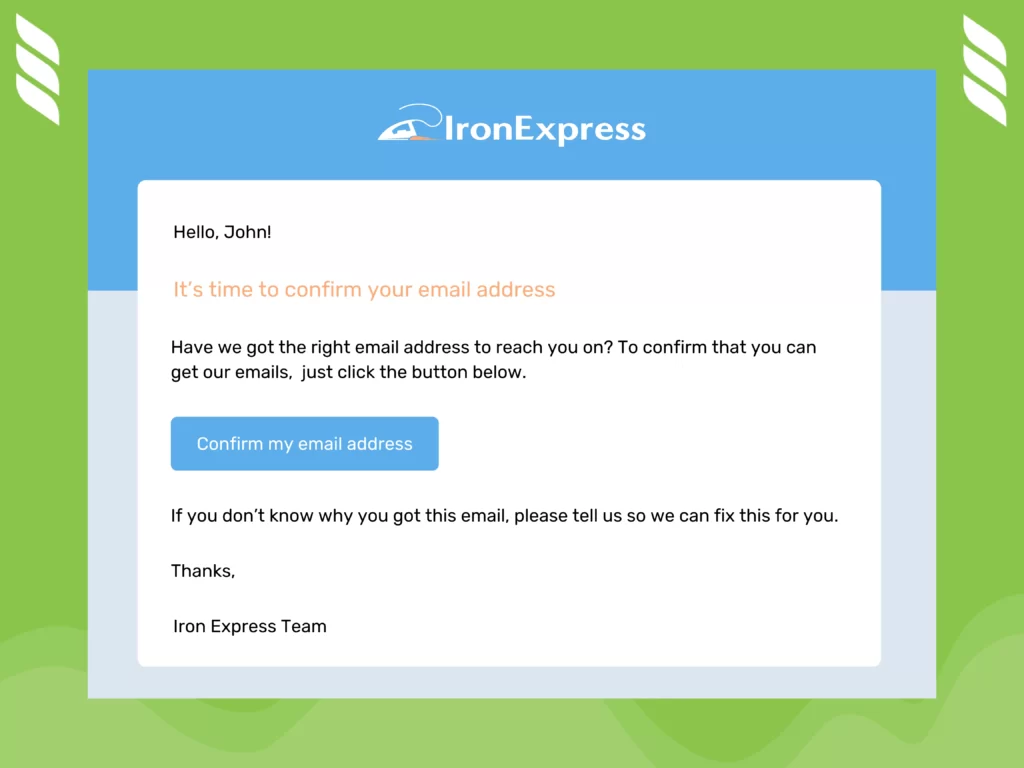
- Regularly clean your email list: Remove inactive or bouncing email addresses to maintain a healthy list. An increase in bounce rates can set off spam filters, resulting in poor email deliverability.
- Put a prominent unsubscribe link in every email: Make it easy for recipients to opt out if they wish. Honoring unsubscribe requests is not only a legal requirement but also a best practice for maintaining a positive sender reputation.
- Don’t Use Deceptive Words or Subject Lines: This is one of the common email marketing mistakes to avoid. People can identify deceptive words and subject lines pretty quickly, marketing your email as spam.
3. Problem: Low Open Rates
Of all the email marketing pain points, this one can be daunting. Low open rates occur when a significant portion of the emails sent fail to capture the attention of recipients and remain unopened in their inboxes. This can be a symptom of various issues within an email marketing campaign, negatively affecting your campaign’s overall effectiveness.
Several factors contribute to low open rates. One primary factor is the subject line of the email. If the subject line fails to engage the recipient or doesn’t convey the value or relevance of the email’s content, it will likely be ignored.
Also, the timing of email delivery can play a significant role in open rates. Sending emails when recipients are less likely to check their inboxes can result in emails getting buried and overlooked.
Low open rates can also be a result of having a disengaged or unresponsive email list. If many of your subscribers rarely interact with your emails, it can drag down your overall open rates and lead to other common email marketing problems.
Solution
Follow these tips to overcome low open rates:
- A/B test subject lines: Experiment with different subject lines to discover what resonates best with your audience. Test variations in tone, length, and urgency to identify the most effective approaches.
- Personalize subject lines and email content: Personalization adds a human touch to your emails. Use recipient names and tailor content based on their preferences and behavior.
- Send emails at optimal times: Research your audience’s habits and time zones to determine when they will most likely check their emails. Then, send out your emails when your audience is most likely to check their email.
- Make your emails mobile-friendly: With most emails now opened on smartphones and tablets, ensure your emails are adaptable to small screens.
- Avoid spammy words in your subject lines: Certain words and phrases can trigger spam filters. Steer clear of terms like “guaranteed,” “free,” or excessive use of exclamation marks.
4. Problem: Email Personalization
Next on our list of common email marketing mistakes is personalization issues. While personalization is a potent solution for increasing engagement and relevance, it requires access to and analysis of data on subscribers’ preferences, behaviors, and demographics.
Many email marketers face the difficulty of collecting and managing this data, as well as implementing dynamic content that genuinely resonates with each recipient. Balancing the desire to personalize with the need to respect privacy and data protection regulations adds another layer of complexity.
Remember, deep personalization is about making your subscribers feel like you’re speaking directly to them. This goes beyond merely using their first name in the email.
Solution
Here’s how you can personalize your emails:
- Gather data on your subscribers: Collect information such as purchase history, browsing behavior, and demographic data. This data helps you personalize your emails and create highly relevant content.
- Implement dynamic content: Use dynamic tags to insert personalized elements, like the recipient’s name, location, or product recommendations, into your emails.
- Use the recipient’s name in the email: Addressing recipients by name adds a personal touch and increases the likelihood of engagement.
- Recommend products or content based on past interactions: Show that you understand your subscribers’ interests by suggesting relevant products or content based on their previous actions, such as past purchases or website visits.
- Use Email Automation Tools: The best email marketing automation tools will allow you to personalize your emails. They do this based on various factors, such as triggers and actions. Plus, a good email automation tool like Dripify will come with templates that you can use to create drip campaigns and tailor them to your audience segments.
Looking for some inspiration for your next drip campaign? Check out these best email drip campaign examples.
5. Problem: Email Deliverability Issues
Email deliverability issues pose a significant challenge in email marketing as they determine whether emails reach recipients’ inboxes, get lost in spam folders, or are blocked altogether. These problems arise from a combination of various factors, including sender reputation, authentication, and content quality.
Maintaining a positive sender reputation is critical, and any negative associations with spammy behavior or excessive bounces can hinder deliverability. Proper email authentication, such as SPF and DKIM records, is essential to prove the legitimacy of emails. Moreover, content quality matters, as emails with suspicious or spam-like elements may trigger spam filters.
Solution
Even if your emails are well-crafted, they won’t be effective if they don’t reach the inbox.
Here are some essential ways you can improve email deliverability:
- Authenticate your domain and use SPF and DKIM records: Prove the legitimacy of your emails by setting up Sender Policy Framework (SPF) and DomainKeys Identified Mail (DKIM) records. These measures help email providers verify that your emails are not forged.
- Monitor your sender reputation: Your sender score, a measure of your email sending reputation, plays a significant role in email deliverability. High scores result in better deliverability, while low scores can lead to emails being flagged as spam.
- Avoid sending from free email addresses: Use a professional email address associated with your domain. Sending from free email services like Gmail or Yahoo can raise suspicions and harm deliverability.
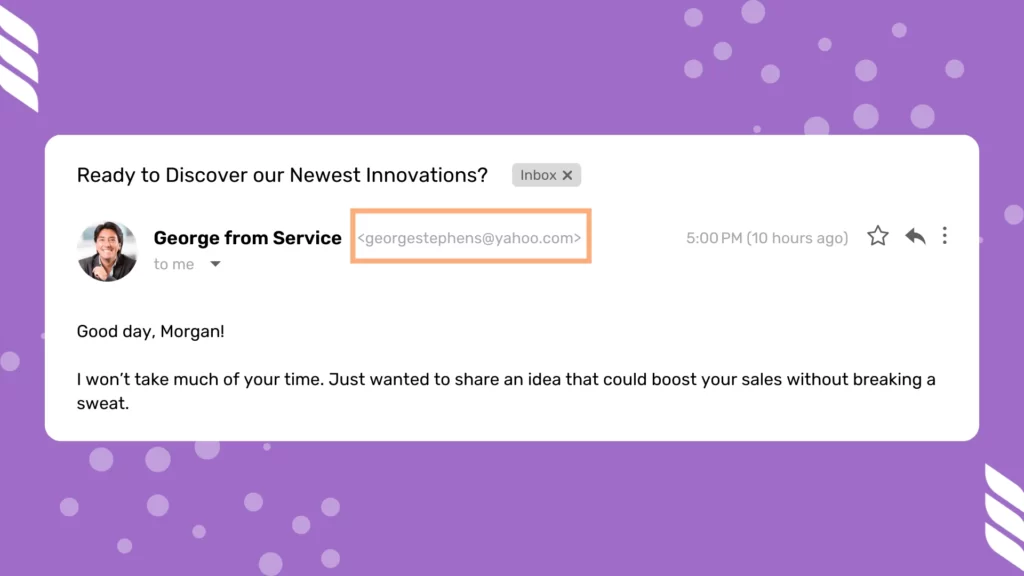
- Check email content for spam triggers: Use email content scanning tools to identify potential spam triggers in your email content, such as excessive use of capital letters, misleading subject lines, or certain keywords that could trigger spam filters.
6. Problem: Low Click-Through Rates
This problem occurs when recipients open emails but do not take the desired action, such as clicking on links or buttons within the email. Low click-through rates indicate that the email content or design fails to sufficiently engage and persuade recipients to interact further with the email.
Low click-through rates can result from various factors, including unappealing or unclear calls to action (CTAs), unengaging content, or an ineffective email layout. This challenge directly impacts the overall success of email campaigns, as the primary goal of most campaigns is to drive recipients to take specific actions, such as making a purchase or signing up for an event.
Solution
Follow these tips to handle low click-through rates.
- Craft compelling calls-to-action (CTAs): Your CTAs should be action-oriented and clearly convey what you want the recipient to do. Create visually appealing buttons that stand out in your email.
- Include eye-catching visuals: Use high-quality images that support your message and resonate with your audience. Visual elements should complement your content and make it more engaging.
- Keep emails concise and focused: Avoid overwhelming recipients with too much information. Each email should have a clear and specific message or offer. Too much clutter can lead to confusion and reduced click-through rates.
- Use buttons instead of text links: Buttons are more visually prominent and tend to attract more clicks than plain text links. Make sure they are well-designed and contrast with the background.
- A/B test different elements: Continuously experiment with different email elements, such as CTAs, images, and content placement, to optimize click-through rates.
Conclusion
You’ve learned how to overcome the biggest challenges in email marketing head-on with actionable solutions. Now start using these strategies, and you’ll be well on your way to creating effective campaigns that engage subscribers, avoid spam filters, and drive the results you desire. Remember, email marketing is an evolving field, so stay up-to-date with best practices and leverage Dripify automation software to streamline your efforts
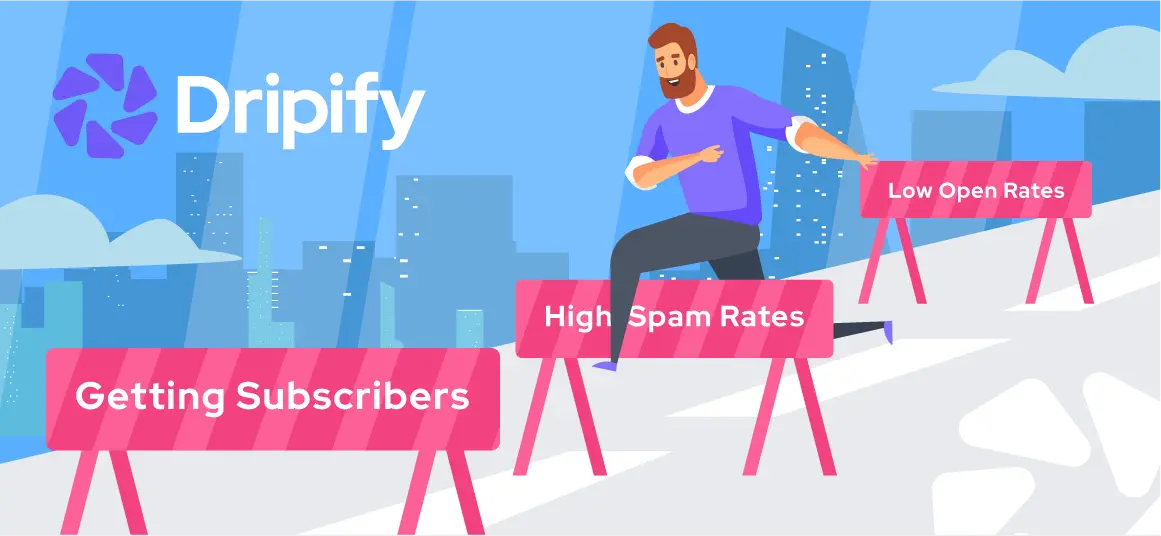
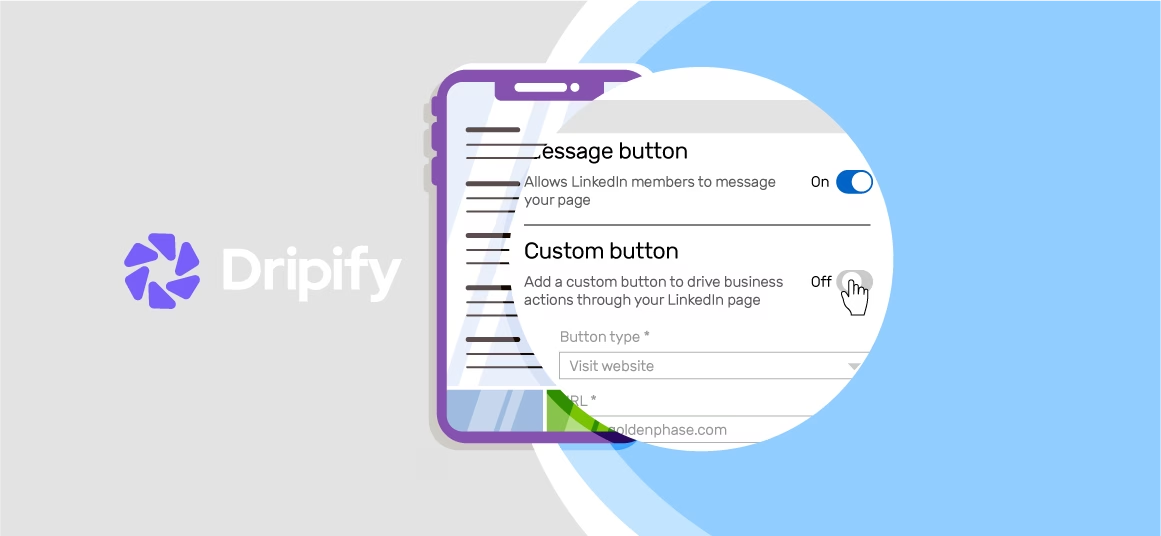
![Email Outreach Tracking [Tips, Tricks and Tools]](https://dripify.io/wp-content/uploads/2025/02/11-7-png.avif)
![Create a Prospecting Plan [+8 Prospecting Methods]](https://dripify.io/wp-content/uploads/2025/02/11-png.avif)